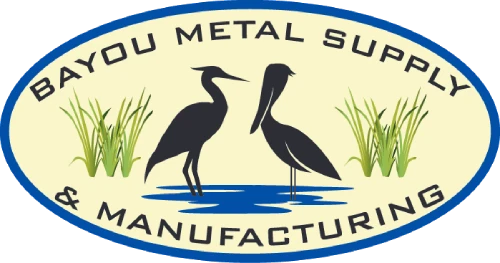Aluminum 6061 and aluminum 6063 are the two most popular and widely used aluminum alloys. Both the alloys are heat-treatable. 6061 and 6063 are used in various applications due to their workability, corrosion resistance, and mechanical properties.
Though 6061 and 6063 have similar compositions and mechanical properties (both contain magnesium and silicon), they differ in various ways.
Characteristics
Aluminum 6061 is known for its versatility and high strength-to-weight ratio. It has a low melting temperature, thermal conductivity, and heat capacity. Aluminum 6063 can be formed into complex shapes and is commonly used in intricate extrusions. Though aluminum 6063 is not as strong as aluminum 6061, it is more corrosion-resistant. It helps achieve a finer surface finish and is usually preferred over aluminum 6061 in applications where aesthetics matter.Mechanical Properties
Aluminum 6061 is stronger than aluminum 6063. The tensile strength of 6061 is 290 Mpa or 42,000 psi and its yield strength is 240 Mpa or 35,000 psi. 6061 is also harder and more durable, with a Brinelli hardness of 95. Aluminum 6063 is not as strong and hard as aluminum 6061. Its tensile strength and yield strength are 205 Mpa or 30,000 psi and about 170 Mpa or 25,000 psi, respectively. The Brinelli hardness of 6063 is 73.Applications
Aluminum 6061 is used for automotive components, bicycle frames, couplers, valves, irrigation tubings, structural fixtures, railings and door frames, electrical housings, storage tanks, and OEM components. Aluminum 6063 is used for irrigation tubing, electrical housings, shop fittings, OEM components, storage tanks, railings, and door frames.Workability and Machinability
Aluminum 6061 has good workability and machinability but is not as extrudable as aluminum 6063 and can therefore be more challenging to form into complex shapes. Aluminum 6063 has excellent extrudability and can be easily formed into intricate shapes. Its properties make it ideal for architectural applications.Composition
The primary alloying elements of both aluminum 6061 and aluminum 6063 are aluminum, magnesium, and silicon; however, the proportion of these elements in both the alloys can vary. Usually, aluminum 6061 contains more of each alloying element than aluminum 6063.Corrosion Resistance
Both 6061 and 6063 offer excellent corrosion resistance. Aluminum 6063 is slightly more corrosion-resistant than aluminum 6061, and is, therefore, more suitable for marine applications.Cost
Aluminum 6063 is less expensive than aluminum 6061. Though cost is an important factor to consider when choosing between the two alloys, do not automatically assume that aluminum 6063 is the better choice for every application (especially for applications where high tensile strength is crucial). Need aluminum angles, channels, or beams in custom shapes for your project? Bayou Metal Supply & Manufacturing has got you covered. We offer a range of metal fabrication and inventory management services under one roof. To make an appointment, call (985) 643-3340.Recent Post
- Join Bayou Metal Supply & Manufacturing at the 2024 International WorkBoat Show – Booth #2337
- What Makes T6 the Most Popular Temper for Aluminum 6061 Grade?
- Why is Aluminum 5052-H32 Preferred Over 6061-T6 for Custom Sheet Metal Fabrication?
- 5052-H32 vs. 6061-T6: Which Aluminum Alloy is Best for Your Project?
- Understanding the Differences Between Aluminum 6061 & Aluminum 6063


